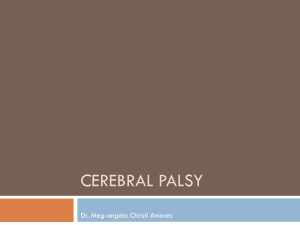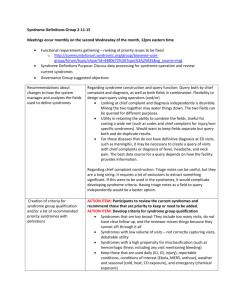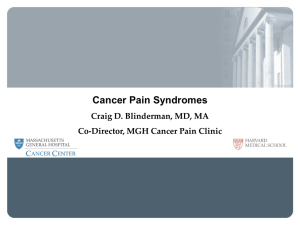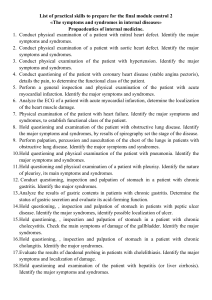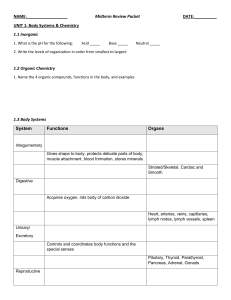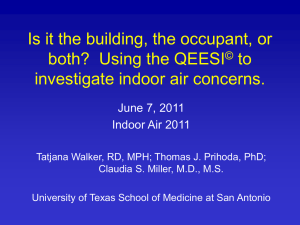Theoretical questions
advertisement
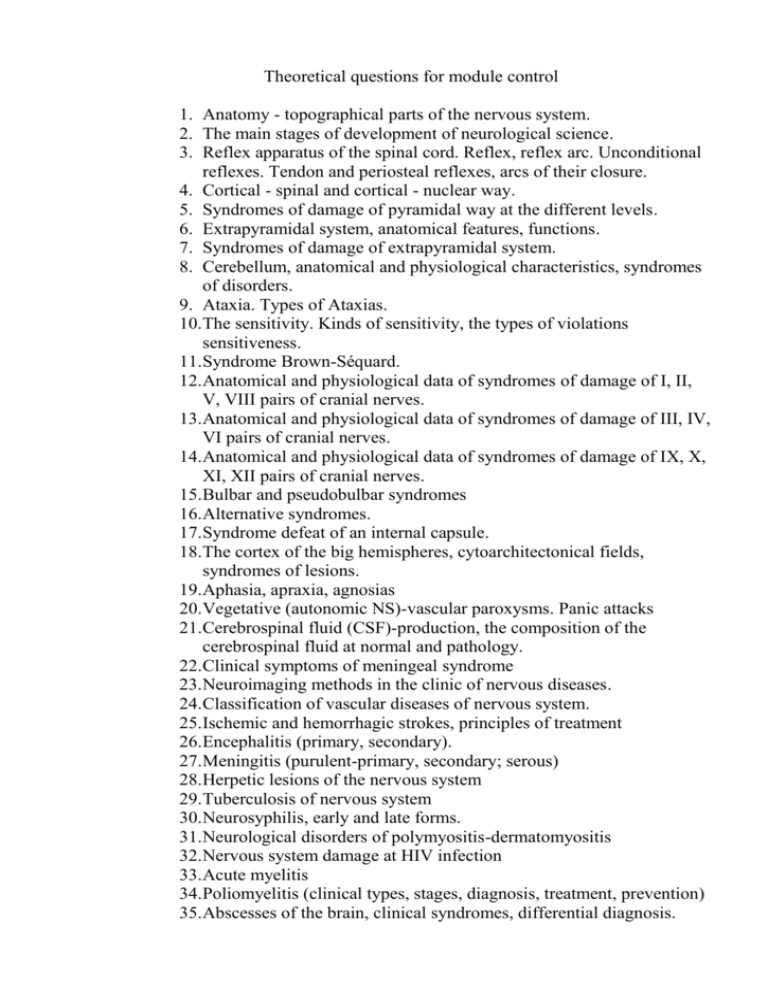
Theoretical questions for module control 1. Anatomy - topographical parts of the nervous system. 2. The main stages of development of neurological science. 3. Reflex apparatus of the spinal cord. Reflex, reflex arc. Unconditional reflexes. Tendon and periosteal reflexes, arcs of their closure. 4. Cortical - spinal and cortical - nuclear way. 5. Syndromes of damage of pyramidal way at the different levels. 6. Extrapyramidal system, anatomical features, functions. 7. Syndromes of damage of extrapyramidal system. 8. Cerebellum, anatomical and physiological characteristics, syndromes of disorders. 9. Ataxia. Types of Ataxias. 10.The sensitivity. Kinds of sensitivity, the types of violations sensitiveness. 11.Syndrome Brown-Séquard. 12.Anatomical and physiological data of syndromes of damage of I, II, V, VIII pairs of cranial nerves. 13.Anatomical and physiological data of syndromes of damage of III, IV, VI pairs of cranial nerves. 14.Anatomical and physiological data of syndromes of damage of IХ, Х, ХI, ХII pairs of cranial nerves. 15.Bulbar and pseudobulbar syndromes 16.Alternative syndromes. 17.Syndrome defeat of an internal capsule. 18.The cortex of the big hemispheres, cytoarchitectonical fields, syndromes of lesions. 19.Aphasia, apraxia, agnosias 20.Vegetative (autonomic NS)-vascular paroxysms. Panic attacks 21.Cerebrospinal fluid (CSF)-production, the composition of the cerebrospinal fluid at normal and pathology. 22.Clinical symptoms of meningeal syndrome 23.Neuroimaging methods in the clinic of nervous diseases. 24.Classification of vascular diseases of nervous system. 25.Ischemic and hemorrhagic strokes, principles of treatment 26.Encephalitis (primary, secondary). 27.Meningitis (purulent-primary, secondary; serous) 28.Herpetic lesions of the nervous system 29.Tuberculosis of nervous system 30.Neurosyphilis, early and late forms. 31.Neurological disorders of polymyositis-dermatomyositis 32.Nervous system damage at HIV infection 33.Acute myelitis 34.Poliomyelitis (clinical types, stages, diagnosis, treatment, prevention) 35.Abscesses of the brain, clinical syndromes, differential diagnosis. 36.The defeat of the nervous system systems at neuroborreliosis (Lyme disease). 37.Pathogenesis of epilepsy, classifications of epileptically seizures, principles of differential treatment. 38.Paroxysmal States in the clinic of nervous diseases. 39.Cephalgia: pathogenetic mechanisms of appearance, clinic, diagnostics, treatment 40.Classification of diseases of the peripheral nervous system 41.Neuropathy ulnar, radial, median, tibial, peroneal nerve. Types of shoulders plexopathias 42.Vertebrogenic syndromes of cervical, thoracic, lumbar levels. 43.Polyneuropathy (infectious, toxic), modern methods of treatment 44.Myasthenia gravis. Myasthenic syndromes. 45.Multiple sclerosis (etiopathogenesis, types of the course, clinic, modern methods of treatment). Acute disseminated encephalomyelitis. 46.Amyotrophic lateral sclerosis (etiopathogenesis, types of the course, clinic, modern methods of treatment). (etiopathogenesis, types of the course, clinic, modern methods of treatment). 47.Somatoneurological syndromes of the digestive tract, lungs, cardiovascular system, blood, endocrine systems. Paraneoplastic syndrome. 48.The main clinical syndromes and principles of treatment provided exogenous intoxications. 49.Vibration disease. 50.Hereditary spastic paraplegia (Strumpel disease). 51.Spinocerebellar ataxia. Hereditary ataxia's Fridrih 52.Hepatocerebral degeneration (Wilson disease). 53.Huntington's Disease. 54.Children's cerebral paralysis, clinical variants, treatment 55.Syringomyelia (etiopathogenesis, clinical data, diagnostics, treatment).
